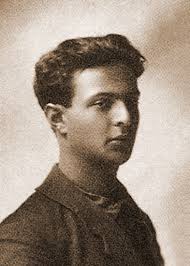
1902 - 1929
Ilya Chashnik

description
A Russian Jewish-born artist and designer, one of the closest students and followers of Kazimir Malevich, a bright and consistent supporter of the Suprematism of the younger generation. Developing the theoretical achievements of the author of the “Black Square” and not being distracted by other styles, Ilya Chashnik created large series of abstract geometric graphic works and paintings.
The artist created dozens of different types of sketches for china. The simple Suprematist shapes of squares, triangles, rectangles when moving to the rounded surfaces of cups and dishes acquired a special expressiveness, new plastic beauty, which brought success to the Russian avant-garde porcelain in 1925 at the international Paris exhibition of decorative art. After that, Ilya Chashnik worked a lot on export orders; the objects made from his drawings constitute collections of the corresponding period at the State Hermitage Museum and at the State Museum of the Porcelain Factory of St. Petersburg.
At the end of his very short (the artist died of peritonitis at the age of 27) creative career, Chashnik experimented in architecture, creating ascetic and laconic “architects” – the practical application of these experiments was work on decorating the city buildings of Petrograd.
The artist’s works are in demand: they are in many European collections; the absolute record was set by his early work “The Seventh Dimension, Suprematical Relief”, sold at Sotheby’s auction house for $ 3 million in 2016.
Key ideas:
– Ilya Chashnik, actively and consistently developing the ideas of his ideological mentor Kazimierz Malewicz, created a significant number of paintings in the style of non-objective painting and graphics. He was not distracted by other methods and in less than 10 years reached the monumental simplicity that preceded the search for minimalism.
– Following the method of the author of the «Black Square», Chashnik worked according to the principles of contrast and initially strongly limited the personal color range using white and black, red and blue.
– Experts note extreme dynamics of the life of forms in the art of the Suprematist. Being a person with analytical mindset, Chashnik defined non-figurative painting as “the highest state of consciousness”, and Suprematism as the world view of “cosmic and natural additions”.
– Later, the art of Chashnik changed its character – he carried out experiments on complex tonal relations, although his paintings often remained at the level of a decorative sketch.
– In the porcelain painting (the artist was interested in the practical application of his works), he preferred large items, black and red. His sketches at first differed in flashiness, and then became more variable in color and subtle in pointless-ornamental composition.
– The suprematists found the right practical vector due to the large-scale unification of the whole structure of society, when the unified system of signs became important. For example, one of the works of Chashnik, depicting a white rectangle inside a red circle, is famous on the roads as a sign prohibiting entry.
1902
1917
1918
1919
1920
1921 - Presented his works at exhibitions in Moscow
1923
1924
1925
1926
1927
1929
The birth of the artist
Started attending the Yudel Pen School
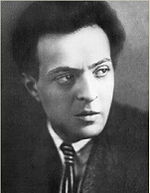
He went to Moscow
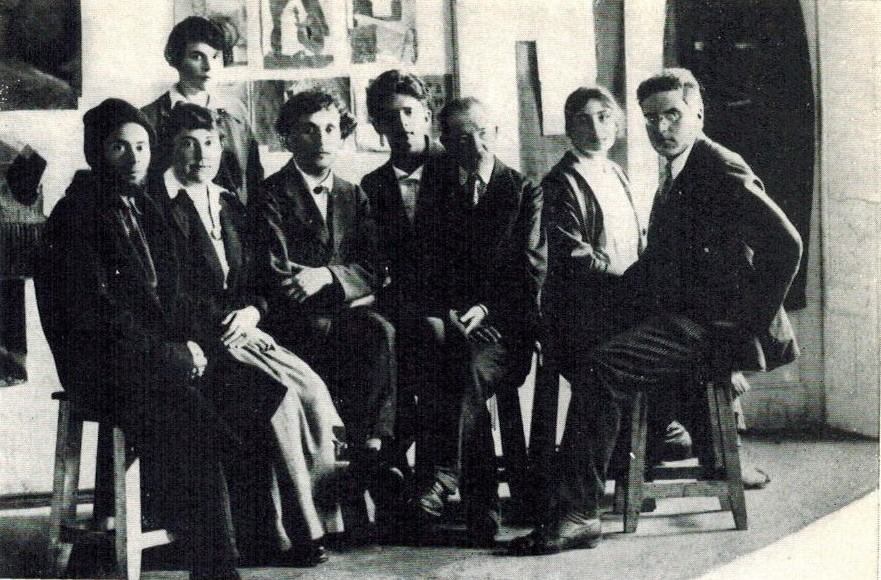
The artist returned to his hometown
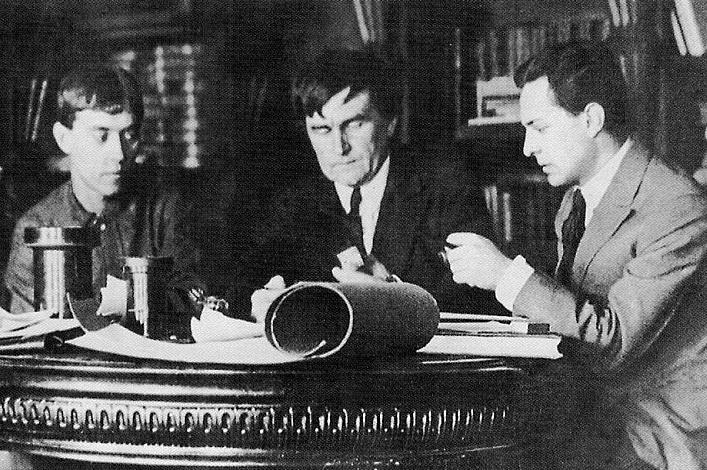
Became an active member of the Vitebsk avant-garde art association
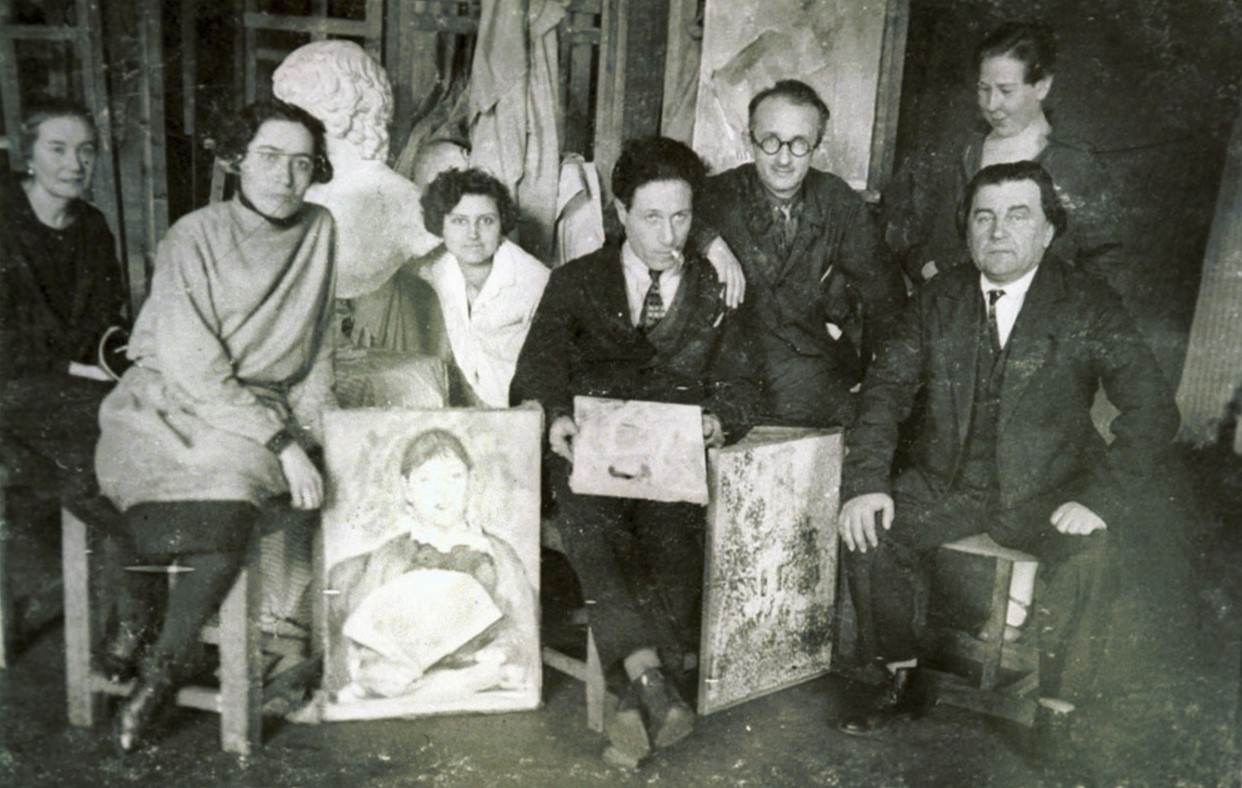
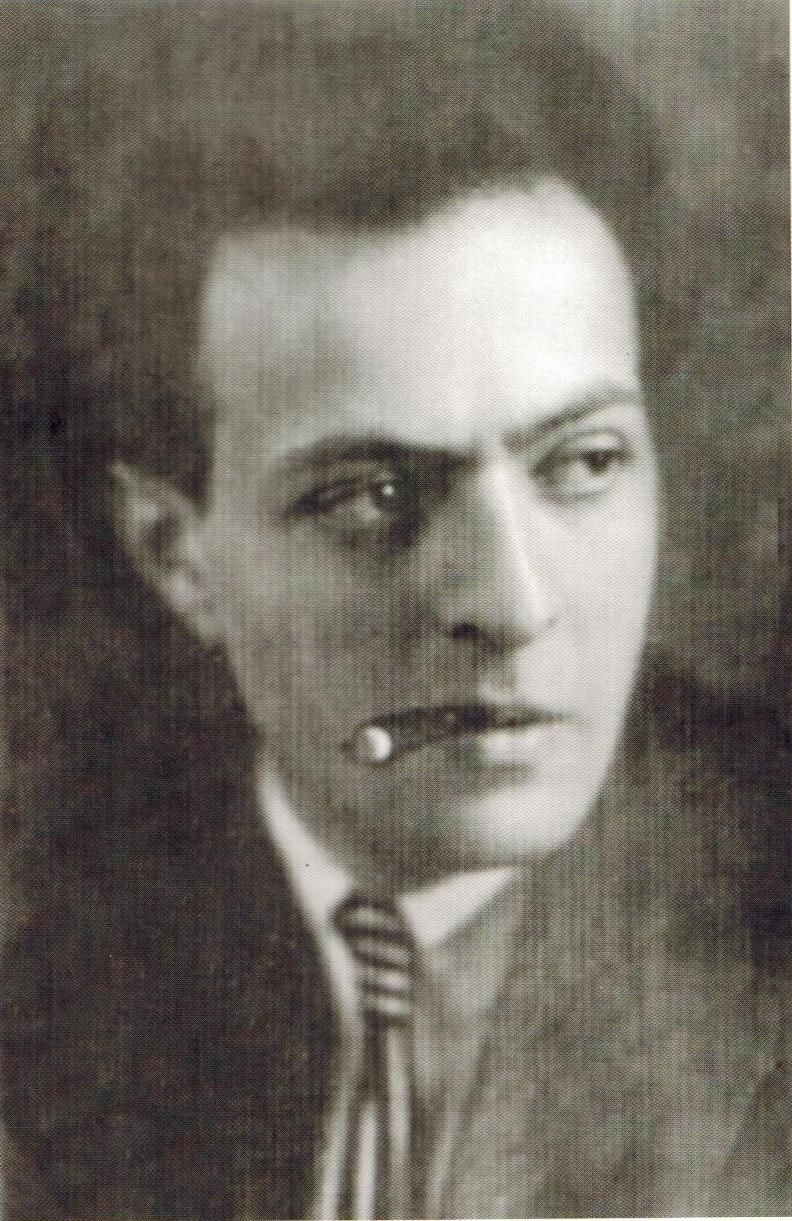
Participated in the "Exhibition of paintings by Petrograd artists of all styles"
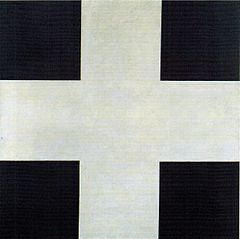
He worked as an artist and composer for the State Porcelain Factory
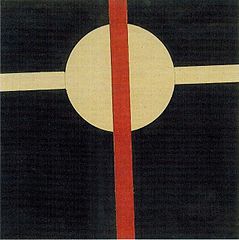
Was an exhibitor at the International Exhibition of Decorative Arts in Paris

Participated in the exhibition "Poster and Advertising after October"

Works of the artist were presented at the exhibition in Monceau Milan

The death of the artist

Ilya Chashnik
On Artist
flow
Suprematism
Constructivism
friends
Kazimir Malevich
El Lissitzky
artists
Yudel Moiseevich Pan
Mark Shagal
By Artist
flow
Suprematism
Abstract expressionism
friends
Nikolai Mikhailovich Suetin
artists
Ivan Ivanovich Chervinko
Vasily Vasilievich Rozhdestvensky
Mikhail Hidekel
Mikhail Ivanovich Menkov
